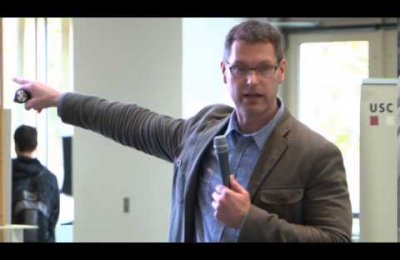One of the central figures in the development of the study of visual communication, Sol Worth (1922-1977) was a filmmaker and painter before he turned to academic pursuits. He began with the question of how film could be understood and studied as medium of communication, and from there, he moved on to larger and more profound questions about the nature of visual media in general and the role that visual images play in shaping and constructing reality. He is perhaps best known for the “Navajo Film Project” that he conducted with anthropologist John Adair in which they gave 16mm cameras to Navajo residents of the Pine Springs, Arizona reservation in order to explore how people who had never made or used movies would do so for the first time. How would their movies reflect their own culture and their ways of seeing and telling about their experiences? The book, Through Navajo Eyes, included here, became enormously influential in the fields of anthropology, communication and cinema studies, among others.
In The Complete Sol Worth, editors Larry Gross, Director of the School of Communication, and Jay Ruby collect all of Sol Worth's published writings, as well as some unpublished writings, extensive photo essays, and articles about Worth’s work.
Sol Worth’s work remains relevant and influential in visual communication and anthropology, and the e-book format enables an accessible collection of the entirety of his contributions. Readers can also access Teaterri, a video documentary that Worth produced which is part of a permanent collection at the Museum of Modern Art in New York.
We hope this collection will introduce new readers to Sol Worth’s contribution to bettering our understanding of visual communication, culture, and life.
Published in December and available at Amazon and major e-retailers.








